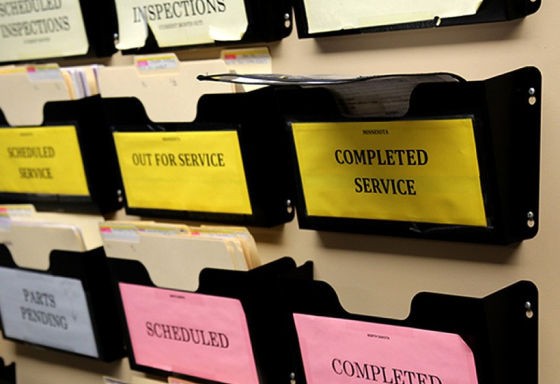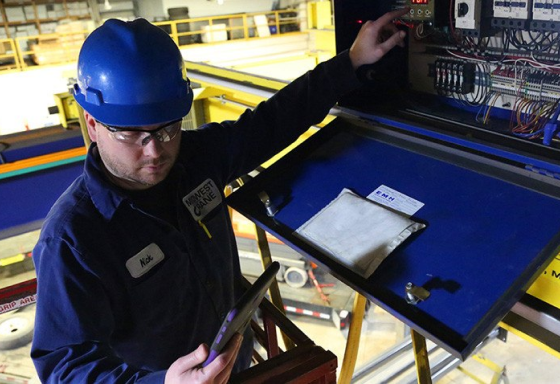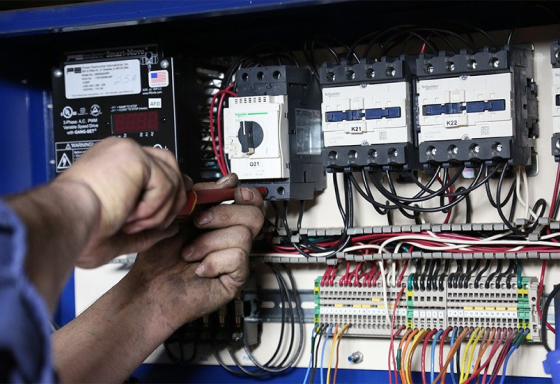Inspections
We provide inspection reports in a smart, simple format that’s easy for busy managers to quickly understand. These are typed no-nonsense reports with a list of parts recommended from inspections and installation options.
Inspections Requirements
At Midwest Overhead Crane, our technicians are thoroughly trained to inspect all brands of cranes, hoists, monorails and other overhead material handling devices. We know where the problem areas are, and what to look for, depending on your situation. We have many offerings of inspections and depending on your specific needs, age of equipment, duty cycle, and environment, we will work with you to develop a program tailored to you.

Periodic Annual Inspections
OSHA and ANSI require a periodic visual and hands-on inspection of cranes and hoists. This inspection must be performed on a monthly to annual interval that is determined by the use, environment and duty cycle of the equipment. The periodic inspection, which also includes the inspection requirements of the frequent inspection, must be documented showing the items that were inspected and their condition.

Frequent Monthly Inspections
OSHA and ANSI require that frequent visual inspection of all cranes and hoists be performed on a daily to monthly interval based on the use, environment and duty cycle of the equipment. A record documenting the condition of the load chain, cable and hoist hook, including the signature of the inspector, must be updated monthly and kept on file for each hoisting unit.

In-Depth Inspections
When there are concerns beyond what a standard frequent or periodic inspection will catch regarding the crane’s functionality, we have other options that can expand the scope of the inspection and what we are looking for. In situations where the structure may not be fully square or properly aligned, trolley gaps may be too narrow or wide, or the columns have heaved or settled, or a combination of all, Midwest Overhead Crane can help with an in-depth evaluation of the in-depth structural assessment of the issues to confirm root causes for repair.


